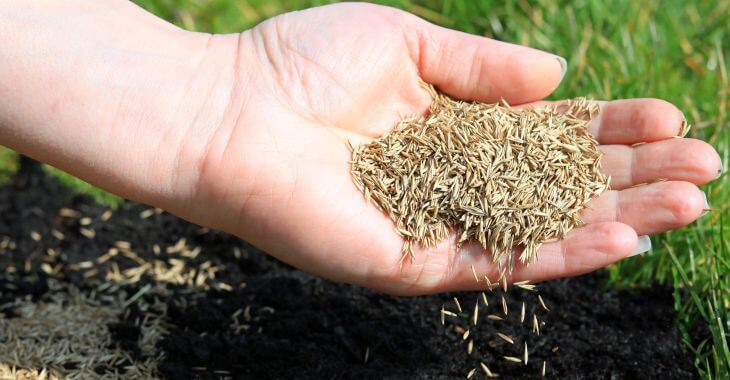Aerating Your Lawn
If you’re dreaming of a perfect carpet of lush, green grass with plenty of healthy shrubs and flowers, you may want to look in into annual core aeration.
Soil compaction occurs naturally over the course of the year, and it affects the healthy growth of your grass by making it more difficult for moisture and nutrients that promote healthy root growth to soak into the soil. By aerating your lawn, you’re loosening the soil and making it easier for those nutrients and essential moisture to boost grass growth and establish a strong root system.
A well-aerated lawn can also absorb rainwater better than a compacted one, reducing the amount of runoff during the rainy season. Core aeration as winter fades into spring allows your lawn to recover from the compaction that occurs throughout the colder months and increases the effectiveness of your spring fertilization and seeding efforts by decreasing the amount of grass seed and fertilizer that’s washed away by spring rains.
To ensure that your lawn is properly aerated, it’s best to contact a local landscaping professional. The equipment that your professional landscaper has access to tends to be more effective and of a higher quality than the spike-type aerators commonly used by do-it-yourselfers. Core aeration removes small bits of soil and distributes them across the surface of your lawn, where they contribute to fertilization as they decompose. Spike aeration can actually contribute to compacted soil, so be sure that you discuss your options with a landscaping professional before you begin the aeration process.

